In my last two articles, I talked about men’s hanfu and also my personal experience with hanfu as a gender-fluid person, meaning that my gender can change over time. But much of hanfu doesn’t distinguish between female and male, and the gender norms of ancient China differ between the dynasties and can contrast sharply with the definitions of feminine and masculine today. Let’s explore some of the most popular gender-neutral hanfu!
Waist-High Ruqun / Yichang (齊腰襦裙 / 衣裳)
Noto only is the waist-high ruqun one of the most popular styles of women’s hanfu, it’s also probably the most popular style of all hanfu, whether men’s, women’s, or something in between. For good reason, too—the silhouette of the ruqun is beautiful, allowing the high waist to be cinched in for a more feminine silhouette and accentuating the shoulders of a masculine silhouette, with long pleated skirts making the bodyline look longer.
Men’s ruqun can sometimes be called yichang, but it’s essentially the same kind of clothing: a ru or yi as the top, usually cross-collared and long sleeves, and a qun or chang as the skirt, usually pleated wrapped around the body. It should be noted that qixiong or chest-high ruqun is typically strictly feminine, and no doubt would look very pretty on anyone, but it’s a lot harder to get the skirt to stay in place if you don’t have anything on your chest, so based on mechanics alone very very few men try it.
Yuanlingpao (圓領袍)
I know I already mentioned this one in my previous article on men’s hanfu, but I promise it’s relevant! Originally, the yuanlingpao, or round-collar robe, was an article of clothing only for men. Yuanlingpao are characterized by their circular collars, and are usually large and loose, designed to be worn as an outer robe over something else (yisan, zhishen, etc.).
They’re popular over a lot of different dynasties, but the important part is that during the Tang dynasty, they started to gain popularity with women as well as men. The Tang dynasty was a period of prosperity and cultural bloom, and so it was very accepting of other ideas, and changing gender norms was no exception.
Women liked the way that the yuanlingpao could make them look long and thin due to the uninterrupted flow of fabric from shoulder to ankle, and gradually the design of yuanlingpao evolved to accomodate women as well.
Yuanlingpao became so popular that in the Ming dynasty they were the most popular form of wedding dress for women! This is an example of how social movement can change gender norms—even the Ming dynasty, known for quite a few strict gender rules, managed to incorporate something that used to be ‘for men’ into its culture.
Pifeng (披風)
The pifeng is often confused with the doupeng, but it’s its own piece of clothing that looks pretty distinctive when compared to the cloak side-by-side. Pifeng are often worn in the winter, indoors, as an outer layer to stave off the cold. Its characteristics include wide sleeves, fairly long length, and a parallel collar design (duijin), often secured in the center of the chest with a tie or a button. Pifeng often comes up paired with mamianqun and other inside pieces of clothing, and are often seen on female models these days, but are unisex pieces of outerwear that can also be seen on quite a few historical paintings and the like.
Quju / Zhiju (曲裾 / 直裾)
The quju and zhiju are two very similar styles of hanfu, both one-piece robes that wrap around the body. The main difference is that the hem of the skirt of the quju (qu = curved) spirals around the body when it’s wrapped, while the skirt of the zhiju (zhi = straight) has an even hem that just circles around near the ankles. The skirts of both of these robes are usually closer to the body, with wide but flat sleeves and a crossed collar.
Zhiju also happens to be one of the types of formal wear for men. Many variations on quju and zhiju have been designed and adapted for modern wear and also for historical dramas, such as the ‘little quju’ that ends a little higher up on the legs and is worn with a skirt underneath. These one-piece garments can be very beautiful and elegant, drawing long the body line and accentuating the figure with their unique patterns.
Banbi / Bijia (半臂 / 比甲)
Next, the banbi and bijia are once again forms of outerwear, not for warmth this time but mostly for decoration. They’re usually worn over a long-sleeved ruqun or yichang. Banbi are short-sleeved garments that usually end halfway down the upper arm, and variations of it are enjoyed by both men and women, with features from both feminine and masculine styles of hanfu—for example, the u-collar often shows up in more feminine banbi, while men’s banbi are mostly cross-collared.
Bijia are very similar to banbi, but are completely sleeveless and often longer. They come down as two flaps of fabric on either side of the chest, sewn together at the sides, and can accentuate one’s height and figure, emphasizing the shoulders while allowing the large sleeves to remain unbound. They are popular accessories for many outfits and often decorated with embroidery or contrasting with the under-outfit in color.
Shuhe / Songku (裋褐 / 宋裤)
Lastly we have the shuhe (or duanda) and songku, which are essentially just ways for me to get the point of pants across. Pants and skirts, as you may have noticed, don’t have a ton of gender affiliations in hanfu—both are unisex. Shuhe is a combination of trousers, a sash, and a cross-collar tunic that many people wore for its increased mobility.
Many commoners and people who did farmwork and physical labor opted for shuhe, you can see a lot of shuhe designs in adventuring characters such as in adaptations of Sun Wukong from the classic chinese novel Journey to the West—it can offer a very handsome and lively swashbuckling look.
Songku remained popular especially for women in the Song Dynasty paired with an undershirt much like a tank top and a beizi over both. These versions of pants are typically very wide-legged like float culottes and can be pleated sometimes in the same way that skirts sometimes are.
This is of course not a complete list—many forms of other hanfu are also unisex and can represent the breaking of gender norms when worn today, both in a historical and modern context. Try one of these beautiful styles of gender-neutral hanfu out instead of going with a qixiong ruqun or daxiushan someday!
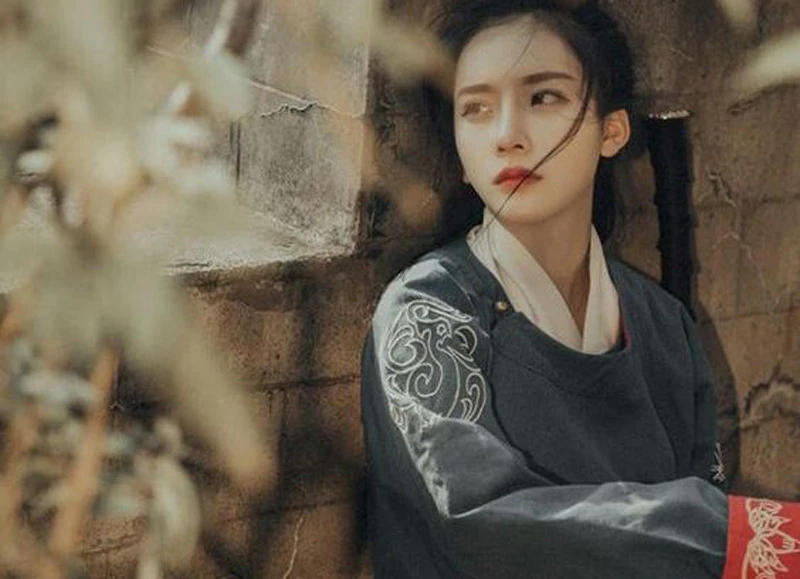
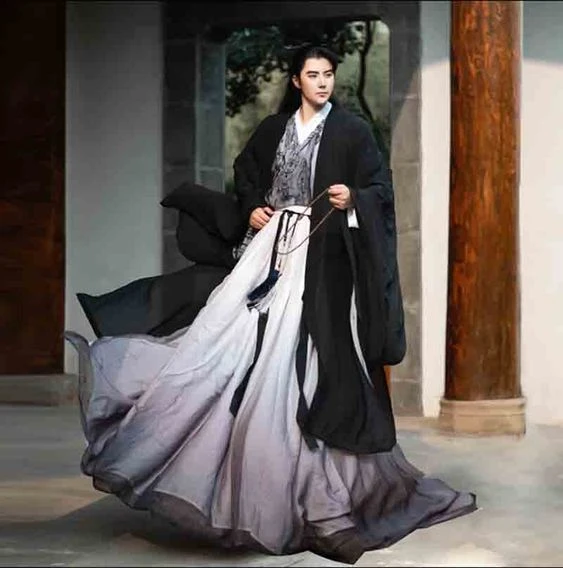
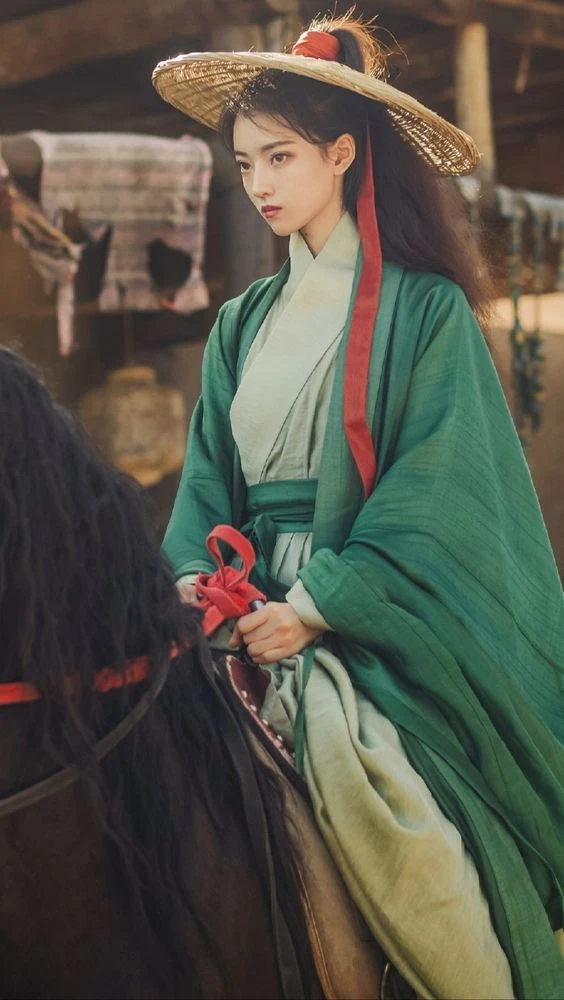
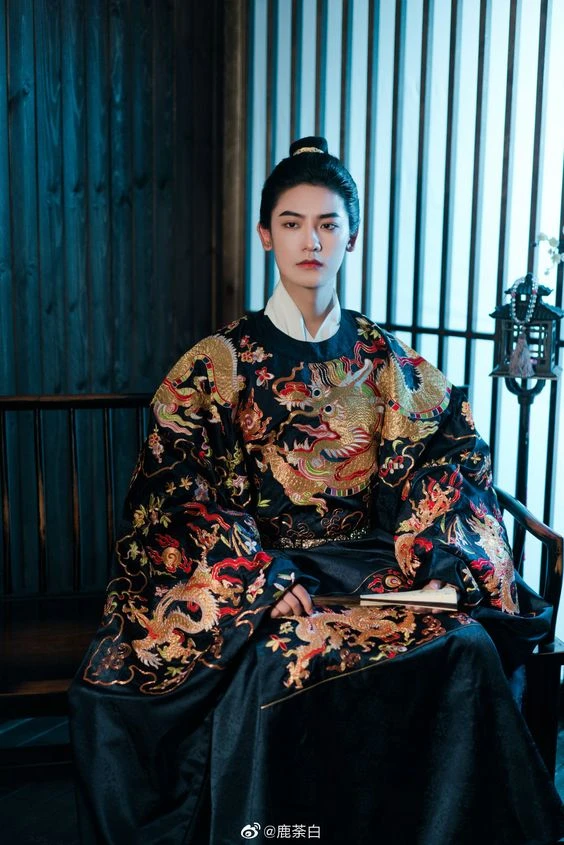
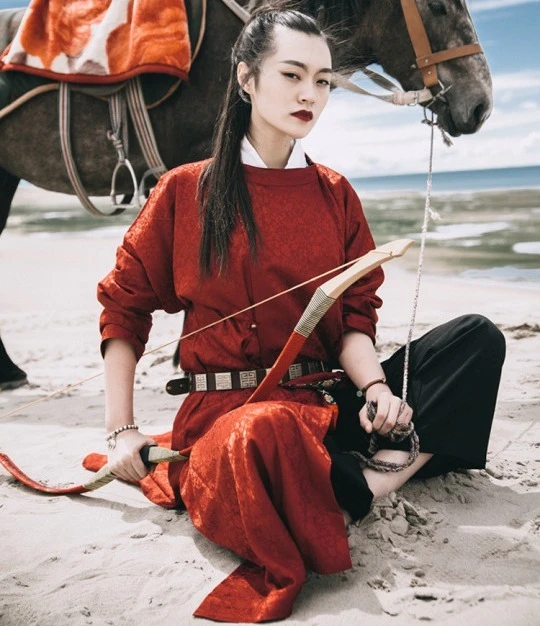
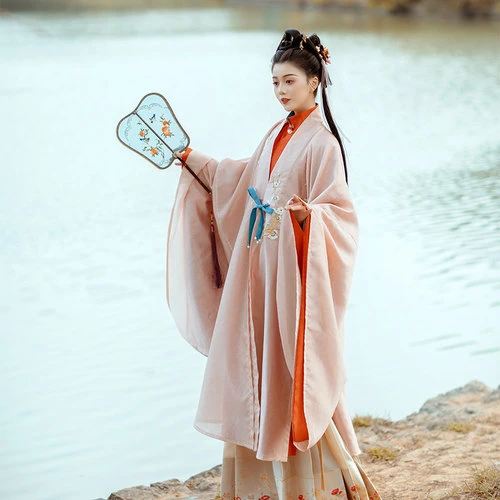
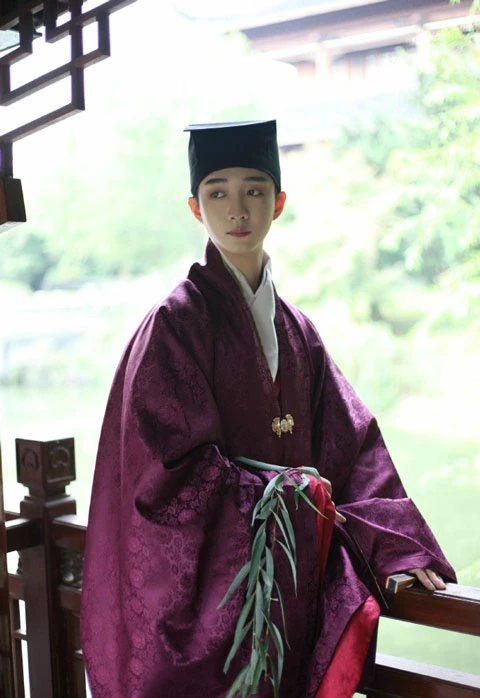
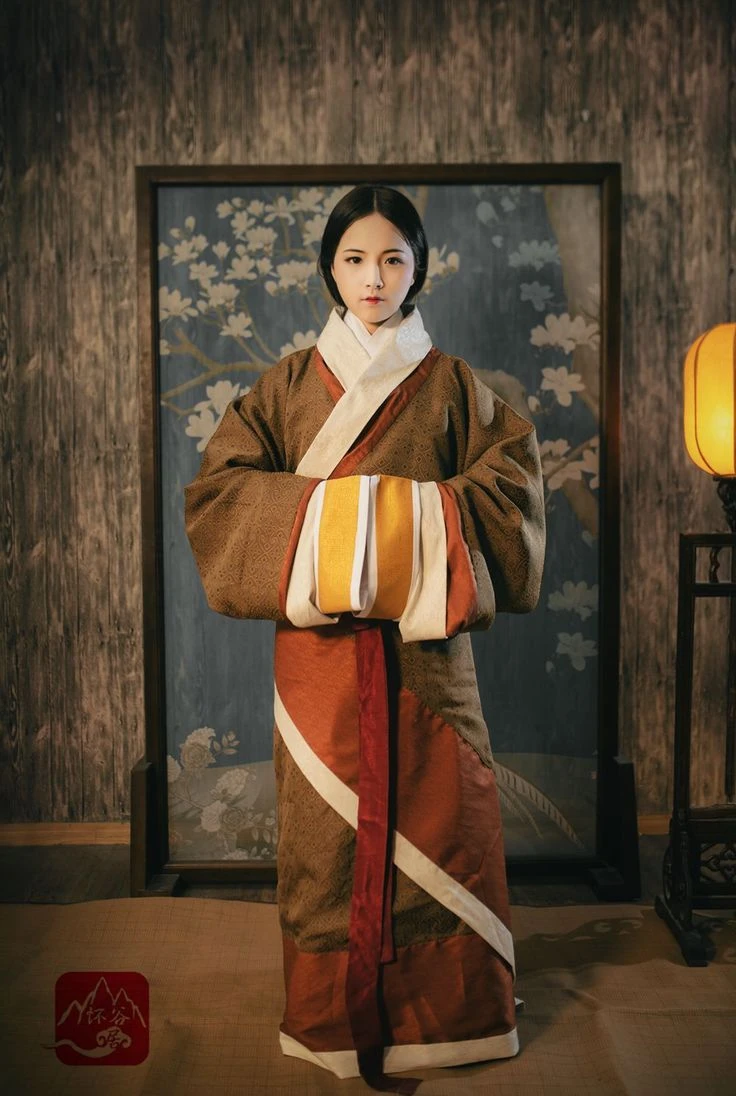

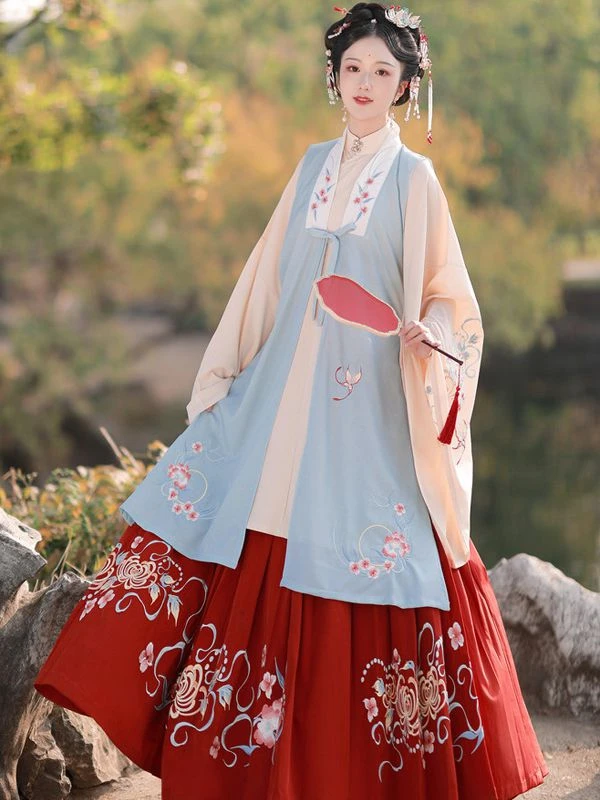
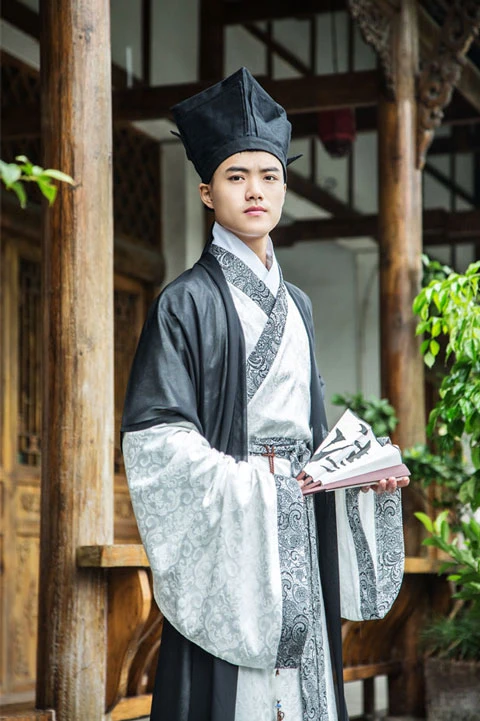
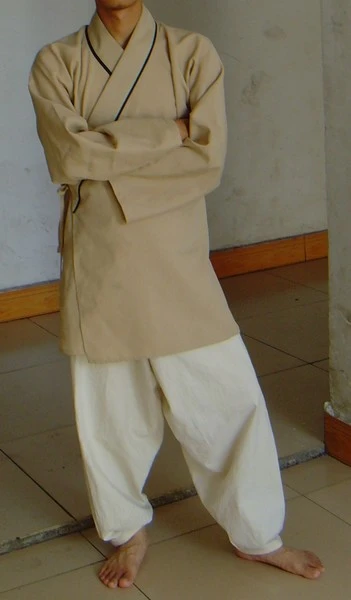
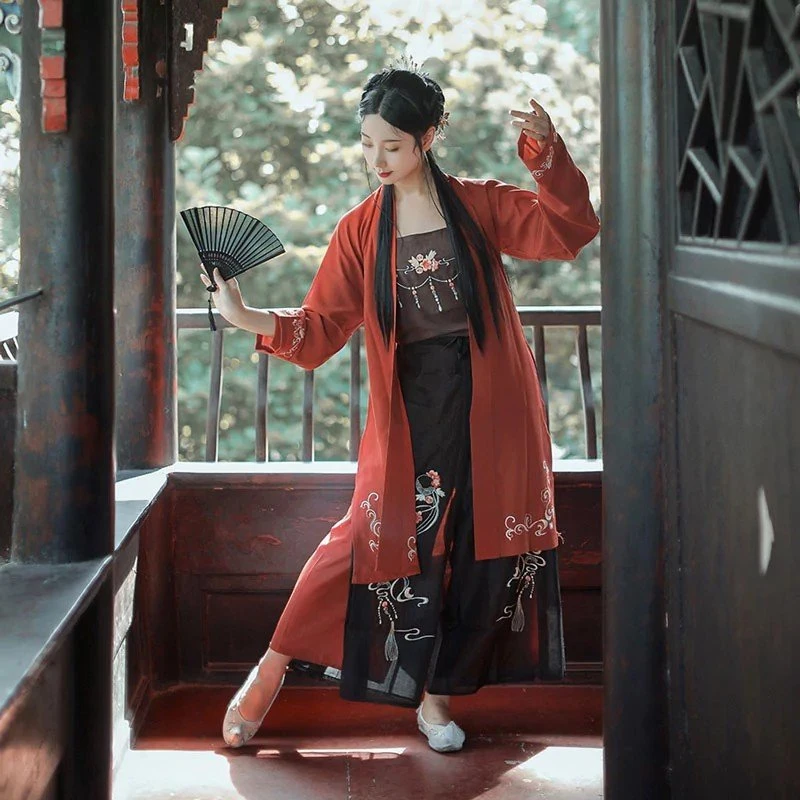

Waw! Very interesting😍😍
Very interesting. So the distinctions usually come from colors and fabric choices then.
for these ones, for most things there aren't distinctions at all! anyone can wear any colors and any fabric choices.
Baju hanfu itu indah bisa dipake pria wanita